There’s something oddly satisfying about taking a cold, mechanical AI-generated block of text and turning it into something that actually feels like you.
For students, bloggers, marketers—or anyone who cares about passing plagiarism checks like Copyscape—it’s a fine balance between sounding authentic and staying compliant. That’s why I decided to spend a few days testing a bunch of AI text humanizers to see which ones truly deliver on their promises.
The mission? Find tools that can dodge AI detection, keep my style intact, and pass Copyscape without mangling the meaning. Spoiler alert: some did great, others… well, let’s just say I wouldn’t let them write my grocery list.
Why AI Detection Is a Bigger Deal Than Most Think
It’s not just teachers and editors running text through AI checkers anymore. Employers, freelance clients, and even publishing platforms are starting to scan for AI-generated content.
The fear isn’t just about plagiarism—it’s about trust. If your work comes off as soulless or suspiciously polished, it might get flagged.
Copyscape, for instance, is known for catching duplication, but when combined with AI detection tools like GPTZero or Winston AI, it’s essentially a content bouncer at the club door.
If you’re not dressed (or in this case, written) right, you’re not getting in. That’s why humanizers are getting popular—they take AI text and rework it so it passes both human and machine sniff tests.
⬇️ See the top AI Detection Tools
How I Tested These AI Detection Tools
I fed each one the same baseline AI-written text: a 500-word essay on “The Impact of Social Media on Mental Health.” I then ran the results through Copyscape, GPTZero, and Originality.ai. I rated them based on three things:
- Detection Evasion – Did it pass without red flags?
- Readability & Flow – Did it sound like a human actually wrote it?
- Preservation of Meaning – Did the original ideas stay intact?
The results were surprisingly varied—some tools nailed all three, others butchered nuance, and a few just replaced words with awkward synonyms like they were playing a bad game of Mad Libs.
Best AI Detection Tools I Tested
- WriteHuman
- HumanizerPro
- Originality.ai
- Facia
- Winston AI
- Twixify
- GPTZero
- Phrasly
- Humanize AI
- Humanize AI Pro
This one impressed me right out of the gate. WriteHuman doesn’t just swap words—it reconstructs sentences, shifts tone, and injects small imperfections that make it sound like something I’d write at 2 a.m. with a cup of coffee.
The content passed both Copyscape and GPTZero without a hint of suspicion. It’s clearly aimed at writers who care about keeping personality in their work, not just beating the scanners.
2. HumanizerPro – Best for Fast Turnaround
If speed is your game, HumanizerPro delivers. In under 10 seconds, it processed my sample into something that sounded decently human. It passed Copyscape, though GPTZero gave it a light amber warning—not a full flag, but enough that I’d tweak it before submission. Great for quick edits, but not my go-to for sensitive projects.
This is more of an AI detection tool than a humanizer, but its rewrite function is solid. I like that you can check your content immediately after rewriting, so you know if it passes before hitting send. It’s pricier, but for people who live and die by “passing the scan,” it’s worth it.
4. Facia – Best for Creative Writing
Facia felt different—it didn’t just neutralize AI tells, it added narrative flair. Great for blogs, opinion pieces, or anything where voice matters. The downside? It sometimes took liberties with facts, so not ideal for academic work without a double-check.
Winston is primarily a detection powerhouse, but its rewrite engine is surprisingly strong. It’s the kind of tool you’d use if you want both a “yes” from Copyscape and a detailed breakdown of what could still be flagged.
If your aim is to make AI writing sound like a friendly blog post or social media caption, Twixify is the one. It strips away stiffness but keeps things simple. I wouldn’t use it for professional reports, though.
Not a rewriter per se, but a vital part of my process. After using another tool, I’d run the text through GPTZero to confirm it wouldn’t be caught. It’s not perfect, but it’s a solid safety net.
Phrasly is all about precision. It kept meaning intact better than most, but the end result sometimes felt a bit too polished—borderline “too clean” for human writing.
9. Humanize AI – Best Budget Option
Not as nuanced as WriteHuman or Facia, but it does the job if you’re on a tight budget. Passed Copyscape and was “low probability AI” on detection scans.
10. Humanize AI Pro – Best for Bulk Projects
If you’re processing massive amounts of text, this is the one. It can handle entire reports at once and still maintain a consistent style. It’s not the most creative, but it’s efficient.
Conclusion & Recommendations
After testing all ten, my top three picks are:
- WriteHuman – Best overall. Natural, authentic, and passes everything I threw at it.
- Facia – Ideal for writers who need style as much as stealth.
- Originality.ai – The most reliable combo of rewriting and verification.
If you’re serious about passing both AI detection and Copyscape, don’t just pick the fastest tool—pick the one that keeps your voice alive. Because at the end of the day, beating a scanner is great, but sounding like you is better.





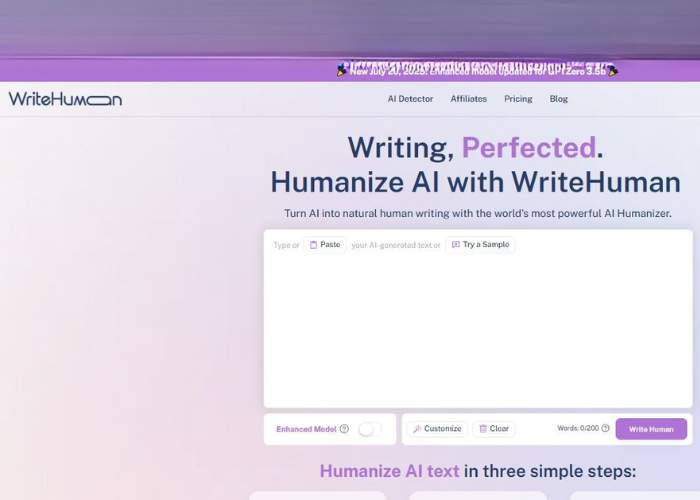
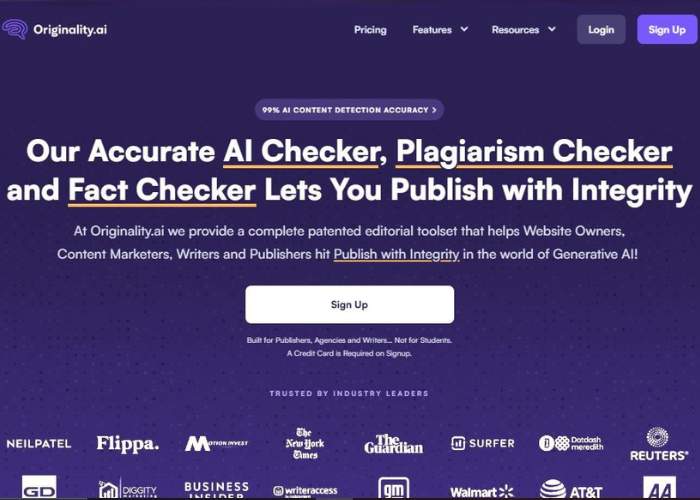

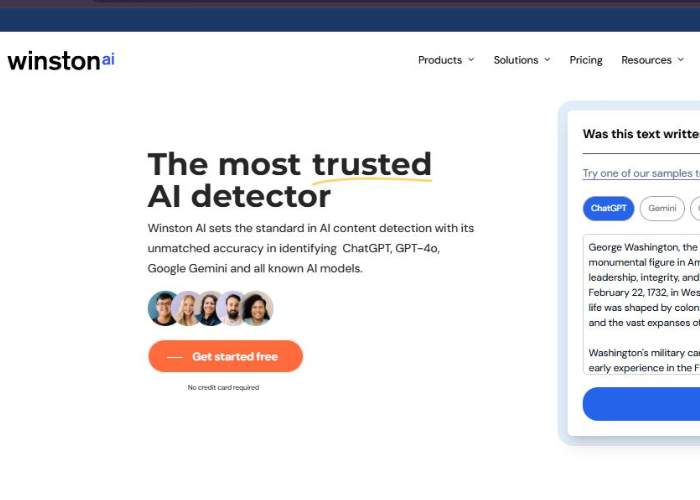
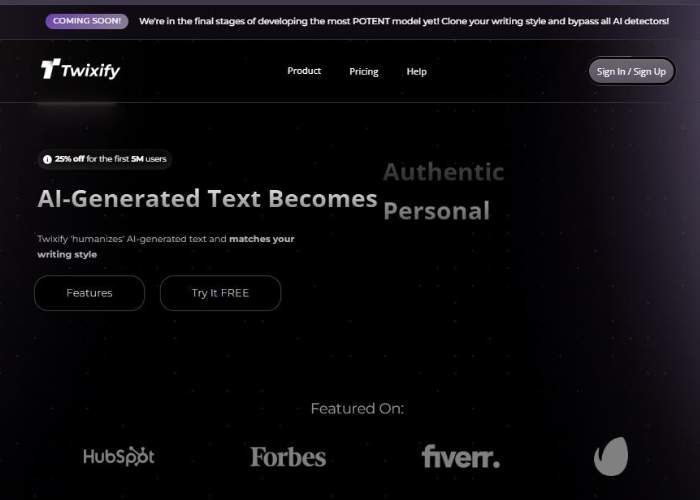
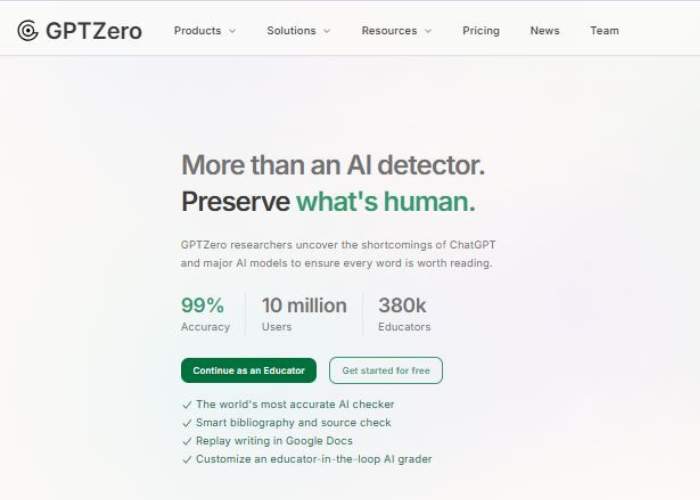
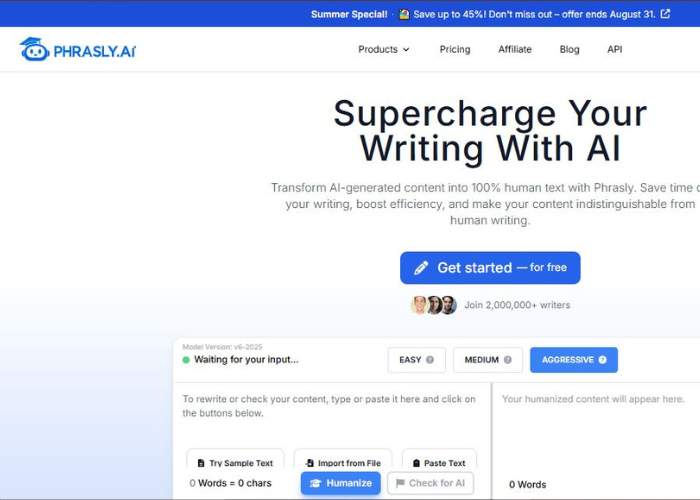









Leave a comment